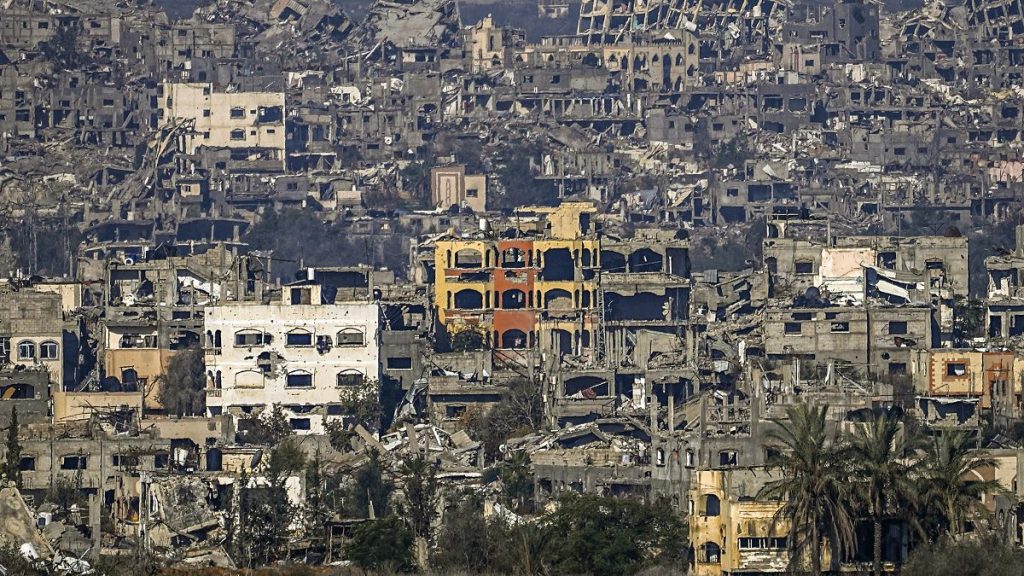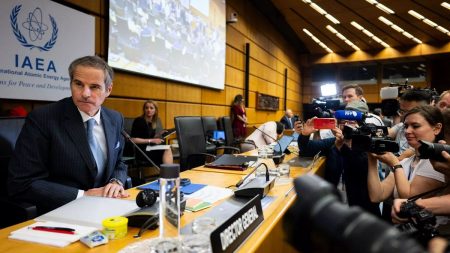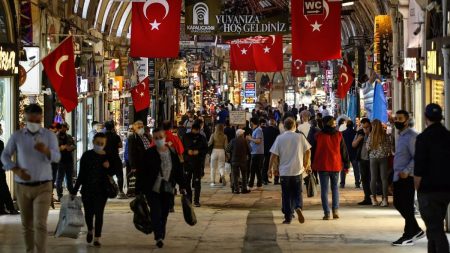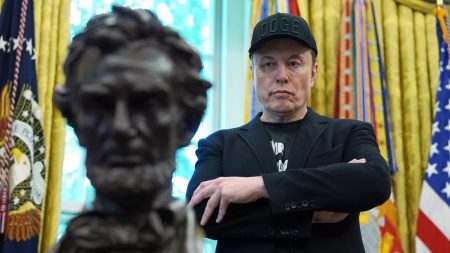The protracted conflict between Israel and Hamas, ignited by a Hamas-led incursion into southern Israel in October 2023, has spiraled into a devastating 15-month war marked by significant casualties and widespread destruction in the Gaza Strip. Efforts to broker a ceasefire and secure the release of hostages have faced repeated setbacks, with both sides attributing the lack of progress to the other. The latest attempt involves a delegation approved by Israeli Prime Minister Benjamin Netanyahu’s office to resume negotiations in Qatar, facilitated by American, Qatari, and Egyptian mediators. The delegation will include representatives from Mossad and the Israeli military, although no further details have been disclosed. Hamas has yet to comment on this latest diplomatic initiative. The conflict’s human cost is staggering, with over 1,200 Israelis killed and 250 taken hostage during the initial incursion, while the Hamas-run health ministry reports over 45,500 Palestinian fatalities, without distinguishing between combatants and civilians. The ongoing violence has decimated Gaza’s infrastructure, exacerbating the humanitarian crisis.
The precarious situation in Gaza is further complicated by the involvement of external actors and regional rivalries. Iran’s support for Hamas and Hezbollah, its Lebanese Shiite ally, has escalated tensions with Israel. In September 2023, during the height of the conflict, the Israel Defense Forces (IDF) conducted a covert raid in western Syria,targeting a clandestine Iranian-led missile factory near the town of Masyaf, close to the Lebanese border. The IDF asserted that the factory, built deep into a mountainside, posed a direct threat to Israel due to its capacity to produce hundreds of precision-guided missiles annually, potentially for transfer to Hezbollah in Lebanon. Over 100 Israeli special forces soldiers, supported by air assets, participated in this complex operation, highlighting the escalating shadow war between Israel and Iran. While a ceasefire between Israel and Hezbollah reached in late November 2023 has largely held, the regional instability continues to fuel the conflict in Gaza.
Adding another layer of complexity to the Middle East conflict is the involvement of the Houthi rebel group in Yemen, which is also backed by Iran. Since the outbreak of the Gaza war, the Houthis have intensified their missile attacks against Israel, launching projectiles that often trigger air raid sirens across the country. While most missiles are intercepted by Israel’s defense systems, these attacks disrupt daily life, create fear among the population, and pose a continuous threat. The Houthis have also targeted Red Sea shipping, claiming links to Israel, further destabilizing the vital maritime trade route. Although Israel has retaliated by bombarding Houthi-controlled ports and infrastructure in Yemen, the long-range missile attacks persist, demonstrating the wide-reaching impact of the Gaza conflict.
The recurring cycle of violence and retaliation underscores the deep-seated animosity and mistrust between Israel and Hamas. The October 2023 incursion and the subsequent war have exacerbated existing tensions and created new challenges for achieving a lasting peace. The capture of Israeli hostages, some of whom are believed to have perished, adds a further layer of complexity to the negotiations. The humanitarian crisis in Gaza, with its devastated infrastructure and high civilian casualties, necessitates urgent action to alleviate suffering and rebuild the Strip. The involvement of regional and international actors, including Iran, Hezbollah, and the Houthis, underscores the interconnectedness of the conflict and the need for a comprehensive approach to address its root causes.
The latest attempt to revive ceasefire negotiations in Qatar represents a glimmer of hope, albeit a fragile one. The participation of representatives from Mossad and the Israeli military suggests a willingness to engage in serious discussions. However, the lack of details about the talks and the absence of any immediate comment from Hamas leaves much uncertainty about the prospects for a breakthrough. The history of failed negotiations and mutual accusations underscores the deep divide between the two sides. Furthermore, the involvement of external actors and the ongoing missile attacks from Yemen complicate the situation and add pressure to the negotiations.
A successful resolution of the conflict requires not only a ceasefire but also a comprehensive agreement addressing the underlying issues, including the release of hostages, the reconstruction of Gaza, and the security concerns of both Israel and the Palestinians. It also requires a concerted effort by regional and international actors to de-escalate tensions and promote a sustainable peace. The ongoing violence and humanitarian crisis underscore the urgency of finding a solution that addresses the needs of all parties and prevents further suffering. The future of Gaza and the broader Middle East peace process hängt precariously on the outcome of these negotiations and the willingness of all parties to engage in good faith dialogue.














